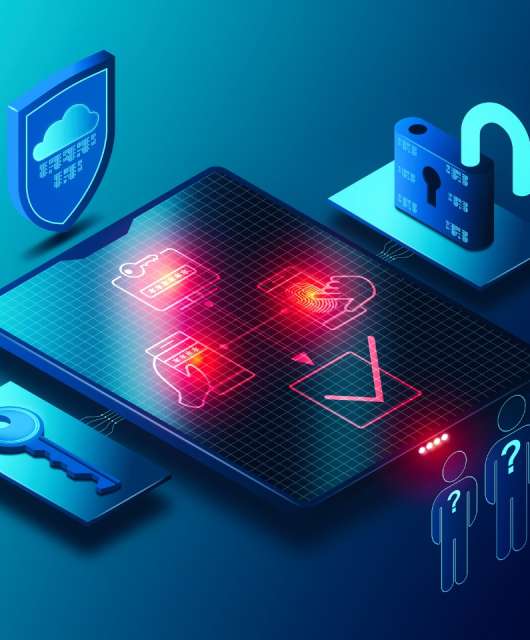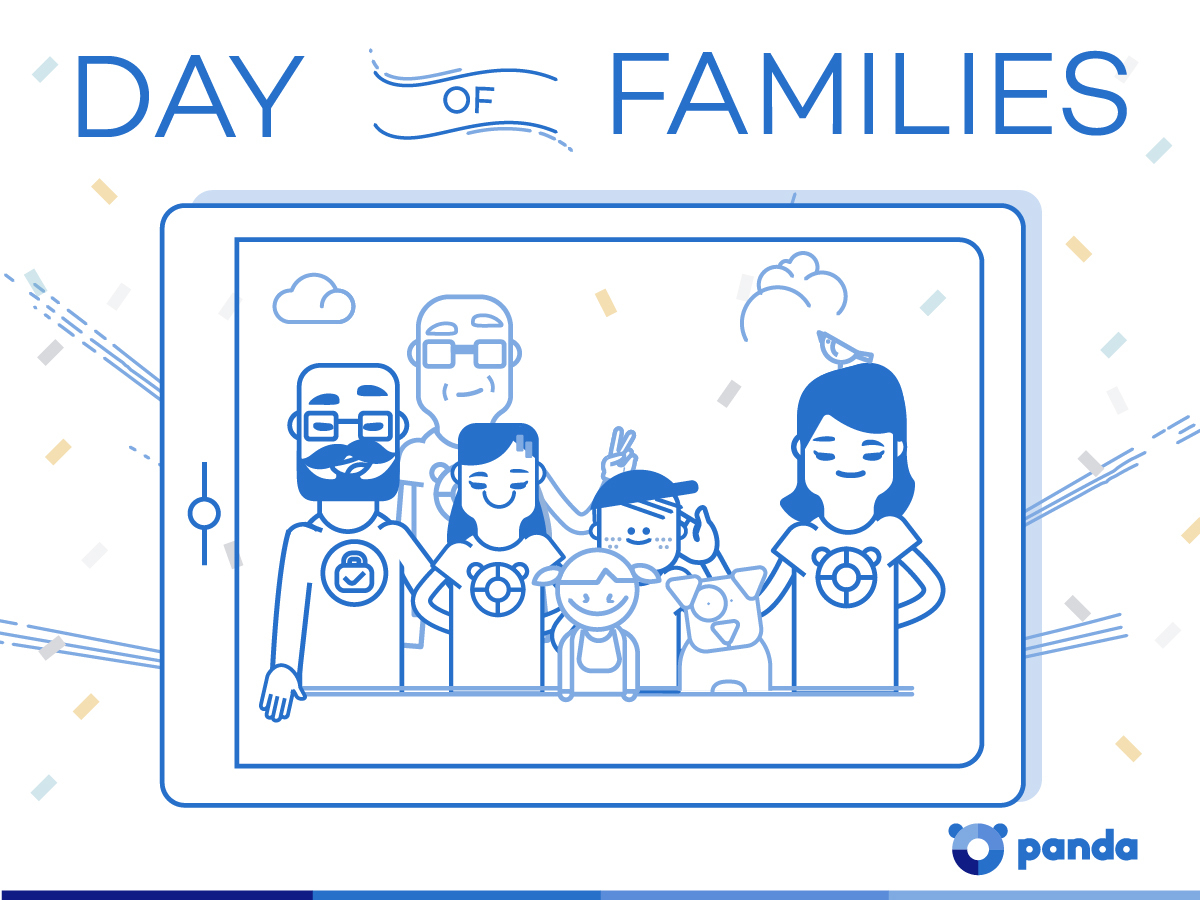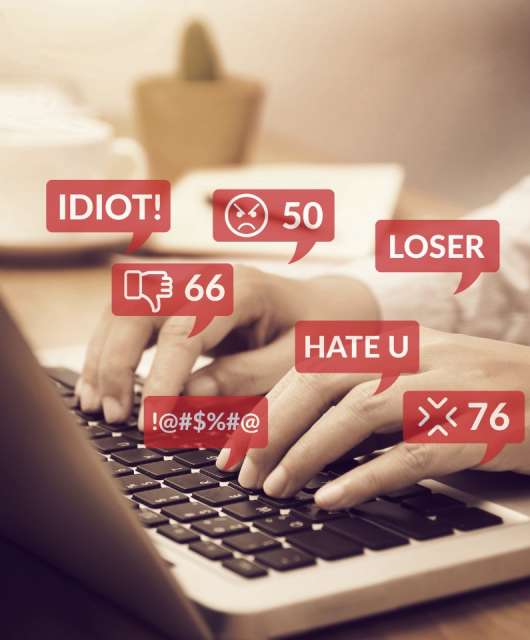As computing power increases, so too the ability to accurately model realistic environments in 3D – a technology known as “Virtual Reality” (VR). Using headsets like Microsoft Hololens or Occulus Rift, wearers can enter and interact with computer-generated “worlds”. The system gives the impression of being in a realistic environment that fully surrounds and immerses the headset wearer.
In most instances, VR demonstrations focus on the entertainment aspects of the technology. Games are particularly popular because it is easy to show how the player interacts with the VR environment (and it’s fun too!).
But behind the scenes, virtual reality developers are looking at more practical uses that could have a positive effect on wider society. Here are six to watch out for in the near future.
-
- Medical training
Advanced medical skills are learned through practice. A surgeon learns how to perform a heart transplant by practicing on live patients. Although vital, there is a risk that the surgeon’s inexperience could fatally injure the patient.
Virtual reality allows surgeons to simulate the operation as many times as they need – without ever touching a live patient. This allows the surgeon to learn the skills they need and dramatically reduces the risk of injuring anyone. - Treating PTSD
VR also has clinical therapy applications, such as treating patients suffering from post-traumatic stress disorder (PTSD). By creating a virtual reality simulation, physicians can help patients confront the situations that trigger problems – but in a fully managed, safe environment.Used as part of a holistic therapy program, the patient will become better at managing their emotions and responses. Early clinical trials suggest positive improvements in PTSD sufferers who have trialled the VR simulations. - Testing vehicle prototypes
The earlier a manufacturer can identify design defects, the cheaper it is to build a car. Often serious flaws are not discovered until after the first prototypes are built – by which time many of the manufacturing processes for full production are already in place. Fixing these issues involves a lot of reconfiguration – and cost.Modelling a car using virtual reality allows designers to not only “see” the prototype in 3D, but also to accurately simulate the driving experience. This means that advanced problems can be identified and rectified before physical prototyping begins. - Home remodelling
Home designers have used 3D rendering to help clients understand what a new kitchen or bathroom will look like. But with a VR simulation they can actually walk around a full-size model of their room before remodelling work begins. - Architecture and building design
On a larger scale, VR modelling can be used to simulate a full-size building – or even an entire street. Again, customers and stakeholders can ‘walk through’ a new premise before building work begins. This allows for design changes and amendments early on, helping to reduce overall construction costs. - Military training
VR also has military applications, helping train pilots, soldiers and sailors by reducing their exposure to potentially lethal situations. These are obviously high-risk jobs, and trainees will eventually need to experience combat-like scenarios as part of their training,Using virtual reality however, trainees can learn to use key equipment like tanks, ships or jets, familiarising themselves with the controls in readiness for a real combat event.
Watch this space
The cost of virtual reality technology continues to fall, making it more accessible than ever. As a result, developers are exploring novel new ways in which VR can be used. You should expect to see many more examples in the very near future. - Medical training








